Benedict Arnold’s Lake Champlain Gunboat Is the Last Shipwreck of Its Kind
Preserved in the lake’s chilly waters for more than 200 years, the Spitfire now faces a new threat.
When the wooden gunboat Spitfire sailed into battle as part of a flotilla engaging British naval forces on Lake Champlain in 1776, she carried an unlikely crew: ragtag American soldiers with little naval experience, under the command of a swashbuckling patriot and hero, Brigadier General Benedict Arnold. Arnold, still years away from becoming the nation’s most infamous traitor, sacrificed several vessels in what would be called the Battle of Valcour Island, after one of the islands dotting the narrow, deep lake that stretches from Québec south along the New York-Vermont border. The clash ended in defeat for Arnold, but bought valuable time for the Continental Army.
The Spitfire was among the ships lost as Arnold and his men retreated—but it was not the end of the story for the gunboat.
Perfectly preserved in the lake’s cold depths and silty mud for nearly 250 years, the Spitfire is the only remaining intact shipwreck from the American Revolution. But now it’s facing a new fight: Can the Spitfire be raised before a tiny invasive mussel finds and destroys it? Should maritime archaeologists even attempt the ambitious rescue?
Chris Sabick has pondered the Spitfire’s plight for years. As director of research and archaeology at the Lake Champlain Maritime Museum in the sleepy lakeside resort town of Vergennes, Vermont, Sabick has studied the gunboat for much of his career. He has long believed that the Spitfire should remain where it is. But the lake environment that has protected the Spitfire from decay for so long may soon be changing, thanks to the Quagga mussel. This invasive freshwater pest loves to infest ship hulls, encrusting the delicate beams in as little as five years. Quagga have already overwhelmed many of the shipwrecks in the Great Lakes; the mussels’ eventual appearance in Lake Champlain is almost certain.
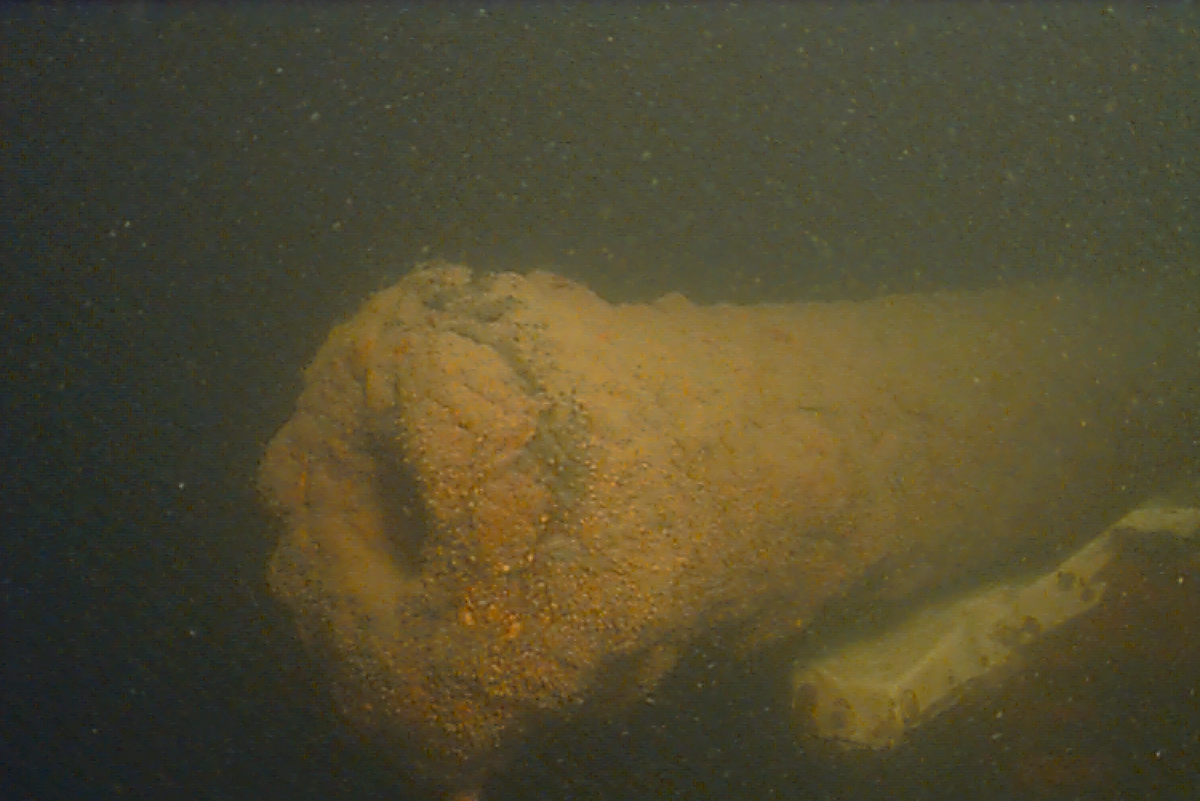
All hope is not lost for the Spitfire. With funding from the National Park Service, historians, archaeologists, and other experts are considering an unprecedented recovery effort that could retrieve hundreds of artifacts and even the gunboat itself. But the risks are as high as the potential reward.
“It’s both exciting and intimidating; it’s a big can of worms that we’re opening here,” says Sabick. “It’s going to have just a tremendous amount of information within that hull that is going to shed a lot of new light on the Battle of Valcour Island and on the Revolutionary War as a whole.”
Valcour Island, rocky and oblong, creates a half-mile-wide protected channel between it and the lake’s New York shore. In 1776, a well-armed British flotilla sailing south from Canada encountered the smaller, 15-vessel American fleet, under Arnold’s command, harboring in the protected passage. Although the battle ended in British victory and the decimation of the young Continental fleet, the brave stand on Champlain stalled the British advance from Canada and proved pivotal for the revolutionaries.
The Spitfire might have remained lost to history were it not for the determined efforts of Art Cohn, now the maritime museum’s director emeritus. In the mid-1990s, Cohn began dragging the lake in search of the missing gunboat. After exhaustive efforts to understand the factors surrounding the Spitfire’s loss, his team found it one electrifying day in 1997.
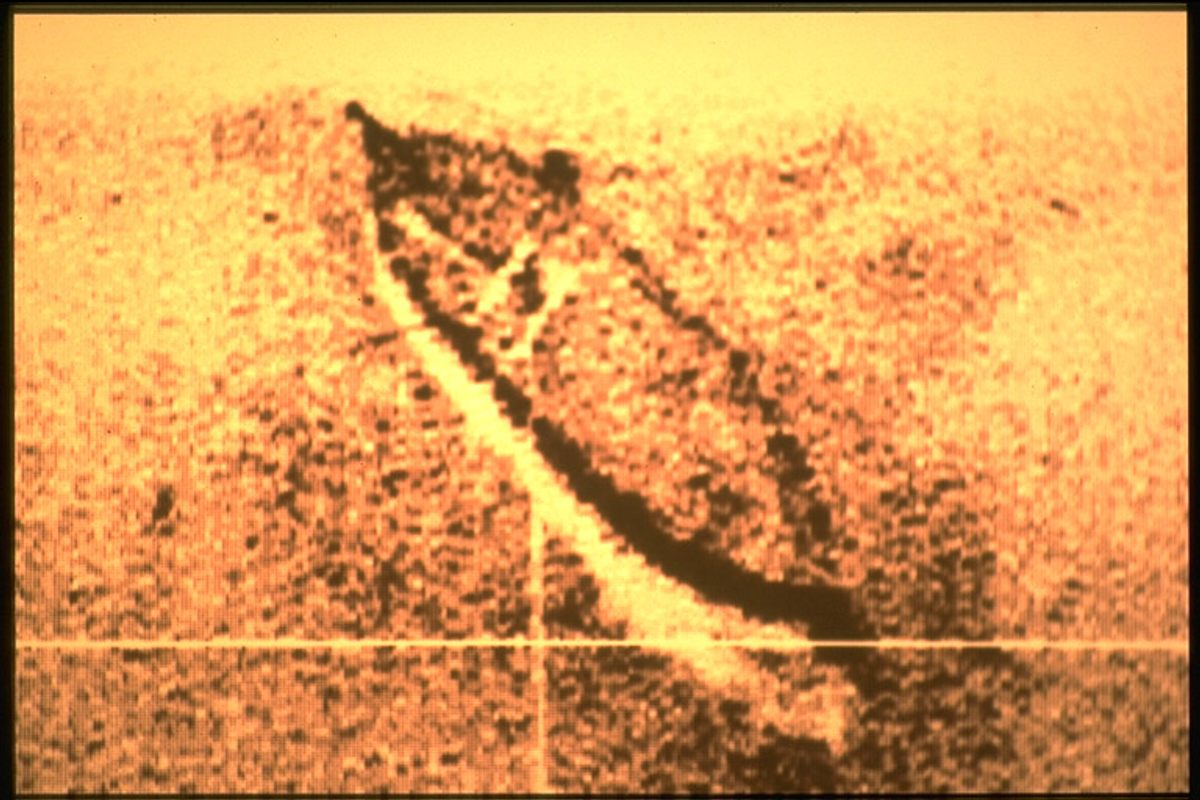
“It was very surreal; the boat had taken on a persona kind of larger than life,” Cohn says. “We really lived the history in terms of understanding the weather and the wind and the temperature…the actual engagement, the drama, the terror, and the suffering, and the death.”
Once the gunboat was located, the team made another discovery: The deep, dark waters of Champlain, which reach depths of 400 feet, had protected the ship’s beams from the harsh effects of sunlight, and a thick layer of lake mud appeared to have preserved the wooden structure and artifacts on board. Cohn sees the ship as a “sacred object,” adding that until you engage with historical realities like the brutality of broadside-to-broadside battles between wooden ships, you can’t appreciate the bravery and conviction of the men who stood their ground against grim odds. Ultimately, 80 Americans were reported killed or wounded in the battle, and another 120 missing or captured; the British also took 40 casualties.
Like Sabick, Cohn felt for a long time that the wreck should remain submerged and protected by the lake. A visit to the Vasa Museum in Sweden, home to a fastidiously restored 17th-century warship, changed his mind. Now, regardless of the cost of conservation, Cohn believes the Spitfire should be raised.
However, Sabick’s greatest concern is to do no harm. He’s haunted by the prospect of raising the wreck only to have it deteriorate due to wood shrinkage and corrosion of the iron nails, an ongoing concern with the Spitfire’s twin, the Philadelphia, which was salvaged from Lake Champlain in 1935 and is on display at the Smithsonian National Museum of American History in Washington, D.C. Sabick also worries about simply running out of funding for the ambitious, yearslong project.
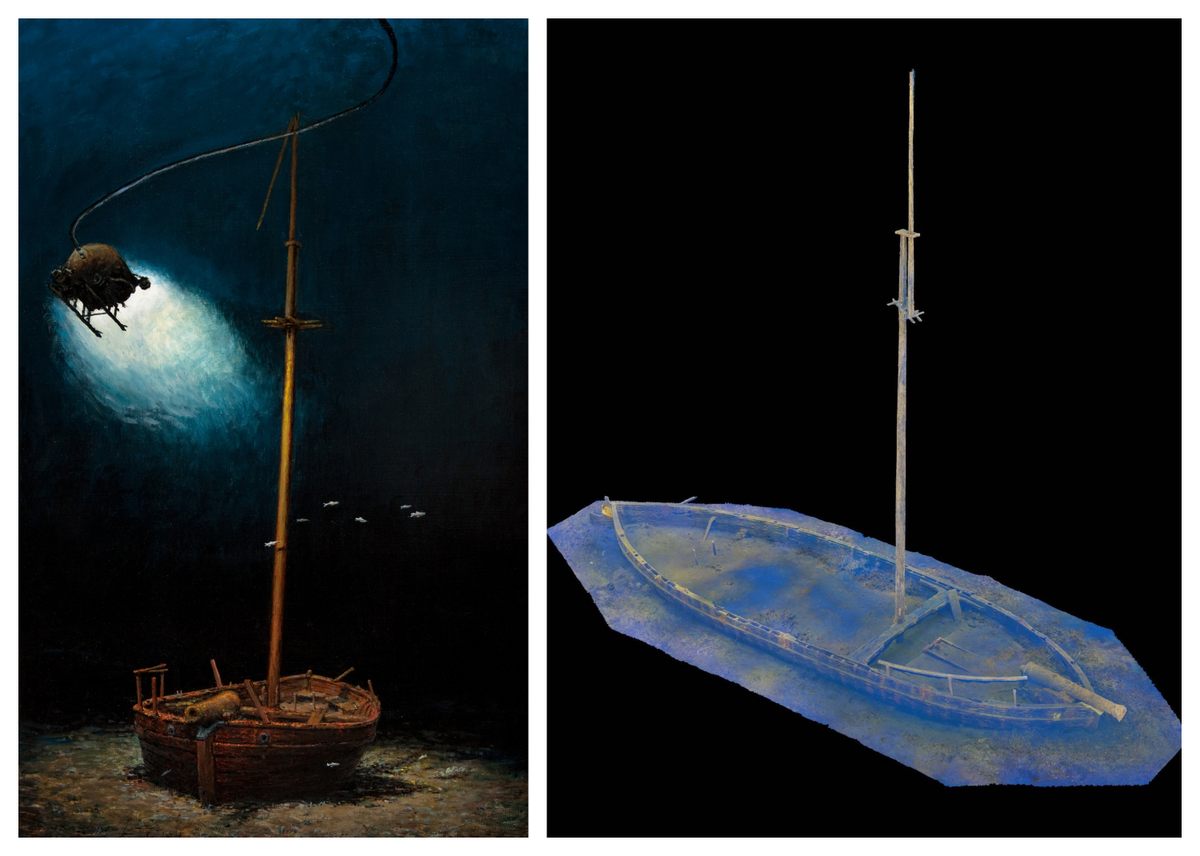
The likely arrival of Quagga mussels in the lake adds an immediacy to the discussion over the Spitfire: “We don’t know when the threat’s really going to rear its ugly head,” Sabick says.
That Sabick and colleagues are talking about options for the Spitfire is itself noteworthy. The concept of exploring “underwater battlefields” is relatively new, pioneered by NPS with the investigation of two Civil War-era wreck sites around the time the Spitfire was discovered, including the raising of the Confederate submarine H.L. Hunley in 2000. The United States Navy has documented about 900 additional military shipwreck sites within the continental U.S. and nearly 2,000 more beyond its borders, says George Schwarz, an underwater archaeologist with the Navy’s History and Heritage Command. Because these wreck sites are typically inaccessible without expensive equipment and specialized training, they remain relatively unexplored.
Back on Lake Champlain, Sabick and his team have already teased out some of the Spitfire’s secrets. In 2022, they sent a remotely operated vehicle (ROV) more than 120 feet down to the location of the gunboat wreck, which they have not made public. The ROV snapped 30,000 high-resolution photographs, enabling the creation of a 3D model of the boat and a closeup look at its structure and condition. For the first time, researchers could observe the intact nine-pound cannon, still proudly mounted on the vessel’s bow. Seeing that model, after only knowing the gunboat through artists’ renderings, was “like shaking hands with history,” Sabick says.
That model also suggested that the Spitfire may have enough preserved artifacts—rifles, dishes, tools, and more—to compare it with those of the Philadelphia to reveal details of how the young navy outfitted its sailors and ships.
The model has already hinted at a fledgeling force that lacked the weapons it needed. While the Philadelphia was recovered with a standard 12-pound cannon on its deck, the Spitfire had to make do with the less-powerful nine-pound cannon, its crew even hacking a notch into the gunwale of the boat to hold it in place.
The cannon and crudely customized gunwale are still visible on the lakebed, but the 3D rendering also showed the team tantalizing shapes of objects on the deck that are buried in sediment—including what Sabick says may be additional, smaller cannons and other weaponry, possibly dating back to the French and Indian War, three decades before Valcour. Putting the old munitions back into service is one more testament to the determination of the young fleet confronting the British at Valcour Island.
While the gunboat’s future remains uncertain, both the ship and its crew faced overwhelming odds before.
“These rebels [showed up] on this isolated, end-of-the-supply-line, cold place to basically engage the most powerful navy in the world in a fight,” Cohn says, echoing the admiration Sabick expressed for the scrappy patriots and their gunboat. “It’s extraordinary.”
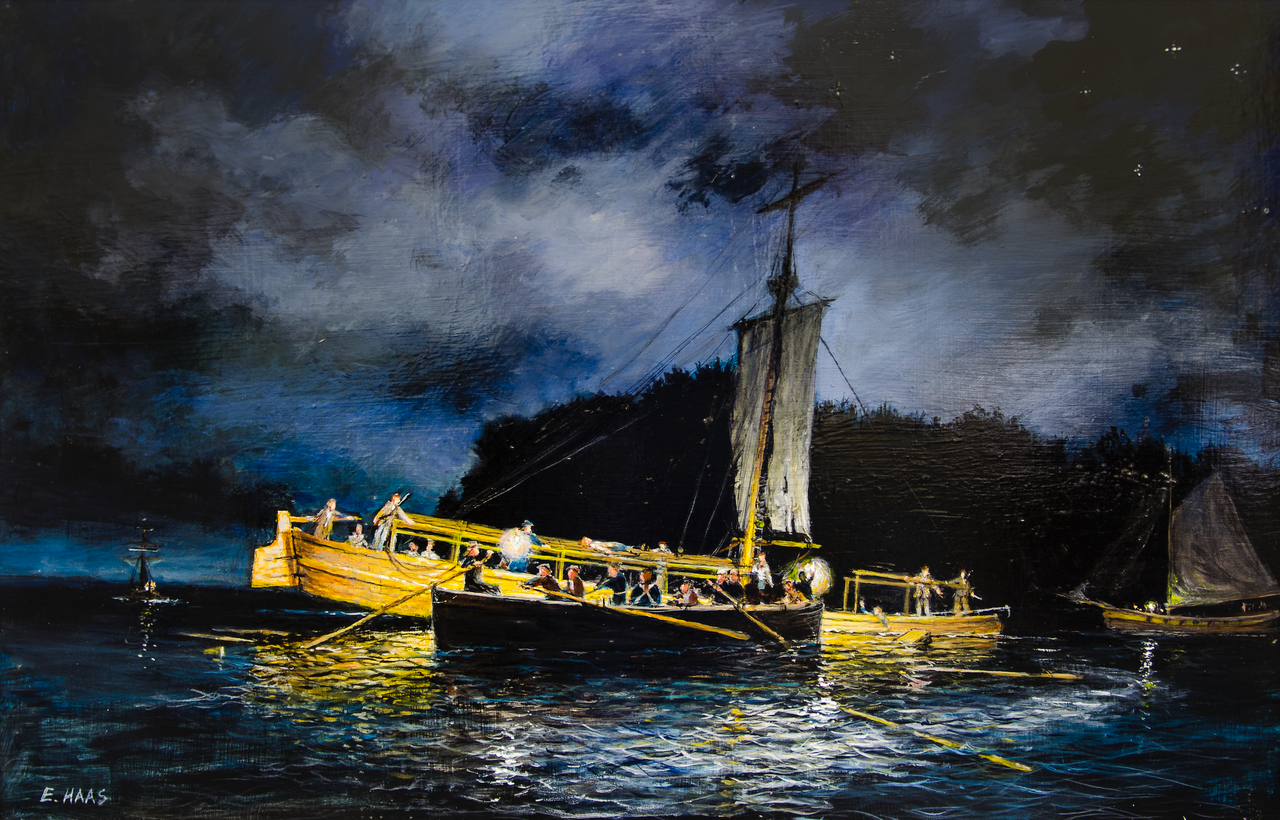




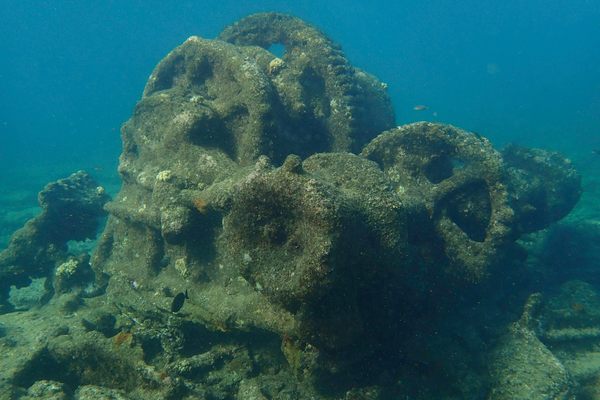
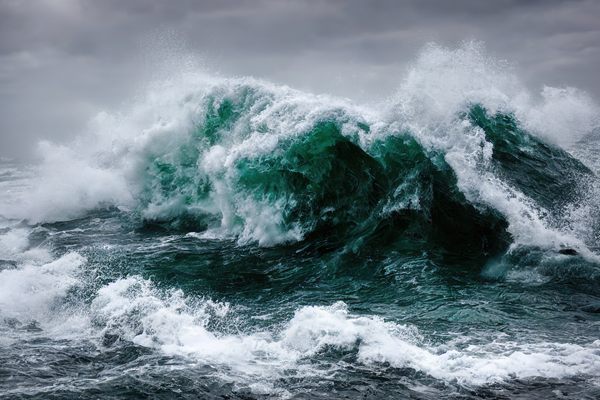
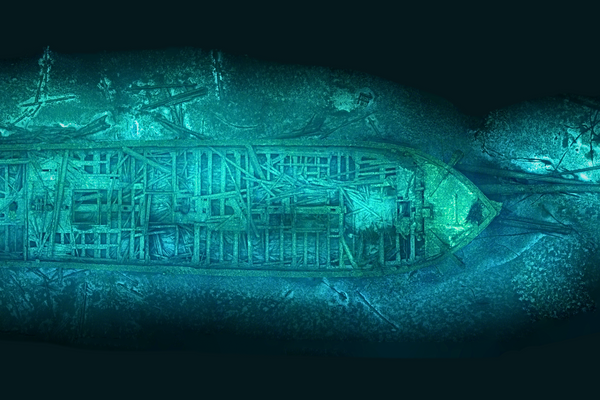










Follow us on Twitter to get the latest on the world's hidden wonders.
Like us on Facebook to get the latest on the world's hidden wonders.
Follow us on Twitter Like us on Facebook